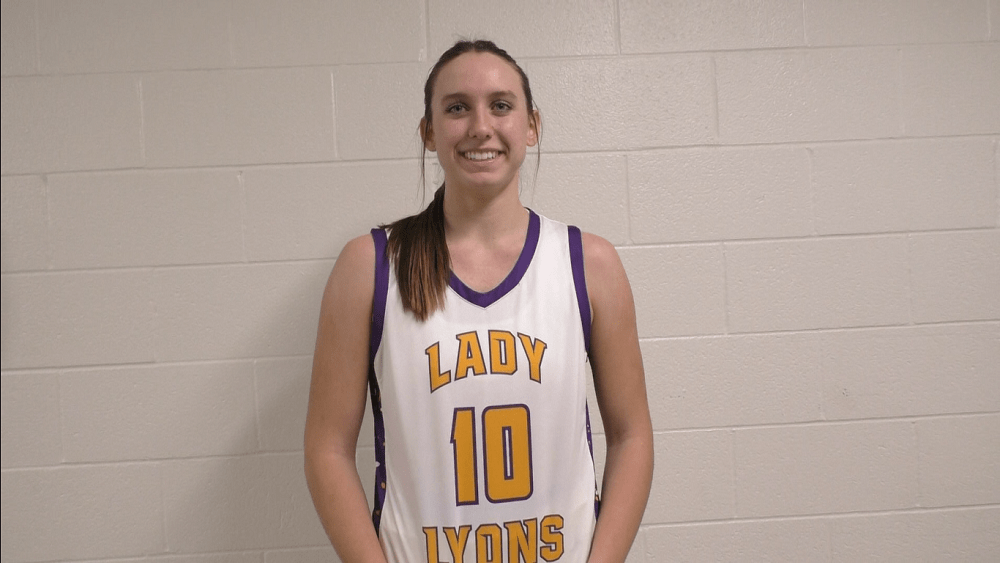Kelly Jackson
Christian County Extension Office
Fruit Trees for Backyard Orchards
Fruit trees can look to be very appealing additions to the backyard while paging through new gardening catalogs. But keep in mind that not all listed fruits do well in western Kentucky. Important traits to consider when evaluating selected fruit trees and cultivars for your backyard are hardiness, growth requirements, and maintenance needs.
Kentucky’s winter conditions are the biggest limiting factor when considering types of fruit trees. Crops such as peaches, nectarines, and sweet cherries may suffer winter injury when grown in our climate. Apricots have difficulty because they bloom too early in the spring, making them very susceptible to spring frosts. This is also applies to almonds, apriums (apricot x plum), and pluots (plum x apricot). Choices for the home orchard are therefore best made from a list that includes apples, pears, tart cherries, and plums.
Apples are the most popular backyard fruit tree. A tremendous number of varieties are available with variation in time of ripening and best use (cooking, eating, or both). Few of us have the time to treat for disease and insect pests as often as is needed on apples. In a home orchard situation, selecting disease-resistant cultivars that help reduce the number of pesticide applications is crucial to good quality fruit and is a sound environmental practice. Yellow cultivars like ‘Lodi’, ‘Pristine’, ‘GoldRush’ and ‘Sundance’ and the red cultivars ‘Redfree’, ‘Dayton’, ‘Liberty’, ‘Jonafree’, ‘Pixie Crunch’, ‘Crimson Crisp’ and ‘Enterprise’ have resistance to one or more disease problems. The four most common diseases of apples are scab, cedar apple rust, powdery mildew, and fire blight. Of these cultivars only two (‘Enterprise’ and ‘Sundance’) show some level of resistance to all four diseases.
Pears are not generally suitable for minimal pesticide gardening. In addition to various foliage diseases they are often severely damaged by fire blight. Nevertheless, if you like the taste of pears there are some excellent productive cultivars for our area. European pears have the traditional pear-shape. These pears are usually harvested in a green stage and allowed to ripen at room temperature. The fruit is typically soft and juicy with a sweet, mellow taste. Some cultivars to consider include ‘Summercrisp’, ‘Harvest Queen’, ‘Honeysweet’, ‘Potomac’, ‘Blake’s Pride’, ‘Magness’, ‘Seckel’ and ‘Kieffer’. The ‘Kieffer’ pear has resistance to fireblight but has a more gritty texture. Asian pears, also called Chinese, Japanese, or Oriental pears, differ from European pears in shape, ripening, and taste. Asian pears resemble apples in shape. They also are allowed to ripen on the tree and have a more crunchy texture, with some tartness. Some varieties of Asian pears include ‘Chojuro’, ‘Nitaka’, ‘Yoinashi’ and ‘Korean Giant’. Both types of pears need a second cultivar planted nearby for cross-pollination. A listing of cultivars that pollinate each other is often available in catalogs or you can call the extension office for information.
Plums grow here, but European types outperform Japanese types and hybrids which often succumb to frost. Plant any two European types for cross-pollination. The best cultivars for Kentucky include ‘Castleton’, ‘Green Gage’, ‘Blubyrd’, and ‘Stanley’. Tart cherry cultivars ‘Montmorency’, ‘Danube’, ‘Surefire’, and ‘North Star’ do great in home orchards. All are called self-fruitful, which means cross-pollination is not needed, and tart cherries require minimal pesticides. If you feel your orchard is incomplete without a peach tree there are a few you can consider. Just be prepared that late frosts may affect your yields. Top varieties for Kentucky include ‘Flaming Fury’, ‘Harrow Diamond’, ‘Redhaven’, ‘White Lady’, ‘Ernies’ Choice’, ‘Cresthaven’, ‘Madison’, ‘Coralstar’, ‘Contender’, ‘Redgold nectarine’, ‘Fantasia necteraine’, ‘Blushingstar’, ‘Redskin’, ‘Biscoe’, and ‘Encore’.
Here are a few pointers applicable to all fruit crops. Tree fruits crops prefer full sunlight. Although they may grow in partial shade, fruit quality will likely be lower. Choose a site that has well-drained soil and, if possible, a higher elevation than the surrounding terrain so cool air will “drain” away from the trees. This helps to reduce frost damage. Soil pH ranges from 5.6 to 7.0 are best for tree fruit crops. Finally, remember that both pest control and pruning are regular maintenance practices needed to grow fruit trees. Regular pruning will assure a strong framework for the tree, so it can support a load of fruit. In addition, regular pruning keeps trees productive, assures good airflow through the tree, and makes it easier to work in the tree.
Educational programs of Kentucky Cooperative Extension serve all people regardless of race, color, age, sex, religion, disability, or national origin.
UNIVERSITY OF KENTUCKY, KENTUCKY STATE UNIVERSITY, U.S. DEPARTMENT OF AGRICULTURE, AND KENTUCKY COUNTIES, COOPERATING






